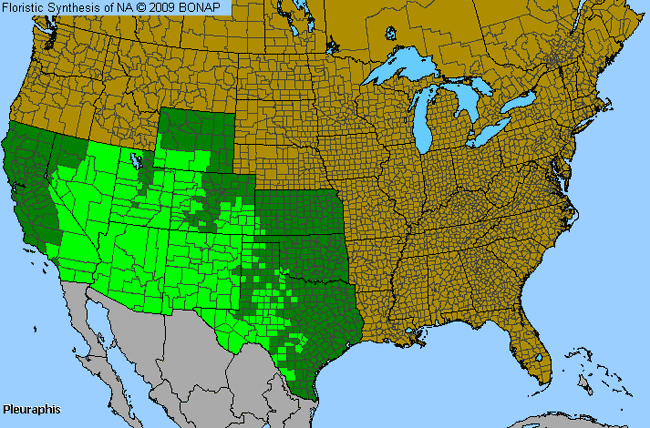Galleta (Pleuraphis)

Galleta Genus Details

Considered desert scrub, this member of the grass family grows throughout arid regions of the southwestern U.S. A good forage plant for livestock and wild animals, galleta grows in clumps, stabilizing sand dunes in desert areas.
Galleta Allergy Info

This genus is not commonly cited as a source of allergy.
Galleta Pollen Description

Grains are spheroidal to ovoidal, sometimes elliptical. The exine is thin and the surface is granular to finely reticuloid. Pocaceae apertures are 1-porate, with the pores usually circular to ovoidal.
Grains are 22-122 micrometers in diameter.

This plant belongs to the grass family. All pollen grains in this family are similar to the Poaceae (grass) grain pictured here. Herb. MIN

This plant belongs to the grass family. All pollen grains in this family are similar to the Poaceae (grass) grains pictured here. Herb. MIN
Species in This Genus

Allergenicity Legend:
 Mild Allergen |
Mild Allergen |
 Moderate Allergen |
Moderate Allergen |
 Severe Allergen |
Severe Allergen |
 Allergy Test Available
Allergy Test Available
Galleta (Pleuraphis) is a genus of the POACEAE family.
This genus includes the following allergenic species:
This genus includes the following allergenic species:











